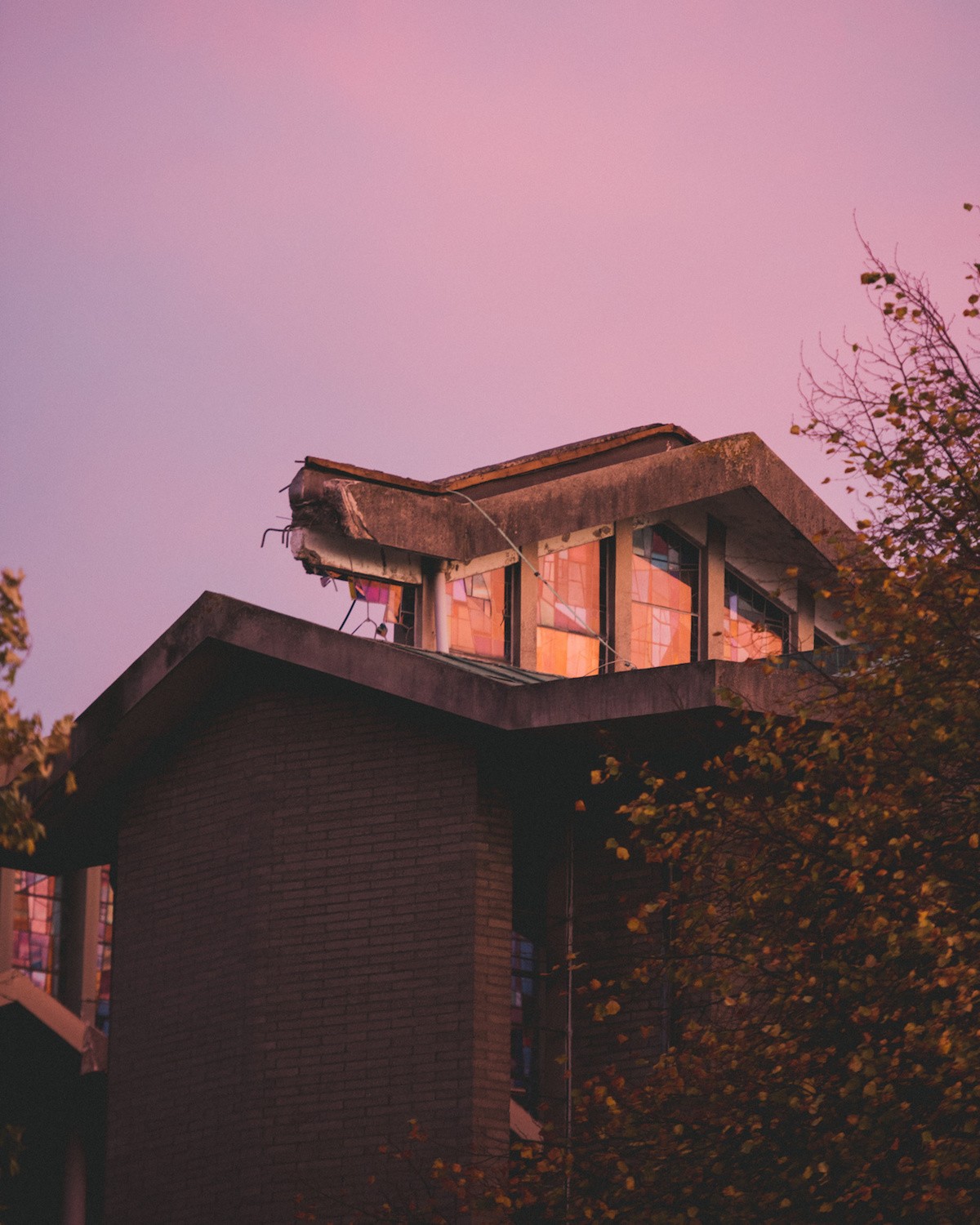Buildings End
Buildings End. But they do not expire. Their life cycle is not contingent on a ‘best-before’. Buildings are elastic and material. They can decompose. They are often forced to end. What do we do with ‘out of use’ and ‘out of time’ buildings that remain standing? How can we incorporate an awareness of the ‘architectural end of life’, right from the beginning?
The Department of Ultimology is a practice for looking closely at endings. In this temporary drafting room at the Irish Architectural Archive, we take the subject of architecture that is at risk of demolition or degradation to create a space of attention for this phenomenon. ‘Drafting’ here refers to a practice of gathering material and preparing a rough sketch, and we use this term as a gesture towards the creation of a future publication.
Three categories of ‘at risk’ buildings are presented, which according to architectural historian Ellen Rowley, are too young or recent to be of historical significance, yet too old to be functional or relevant in the early 21st century. The buildings most susceptible to obsolescence in 2020s Ireland are office buildings from c.1950 to c.1980, (older-than-50 years) housing blocks, and large scale 1950s and 1960s Catholic churches.
The drafting room will offer a closer look at one building in particular, the Church of the Annunciation, Finglas West, Dublin, built in 1967 and demolished in 2021. This church was the subject of Making Dust, a film by artist Fiona Hallinan that chronicles its demolition as part of a broader documented contemplation by Ellen Rowley of the socio-cultural and architectural obsolescence of this generation of Irish Catholic churches.
Together, Hallinan, Rowley and Kate Strain, as the Department of Ultimology consider the cultural, social and political rupture that the church’s demolition represents. In the drafting room visitors will be presented with Hallinan’s artwork, framing collated fragments of Rowley’s research on architecture and ultimology, including case studies of buildings and material from the Irish Architectural Archive and other sources.
